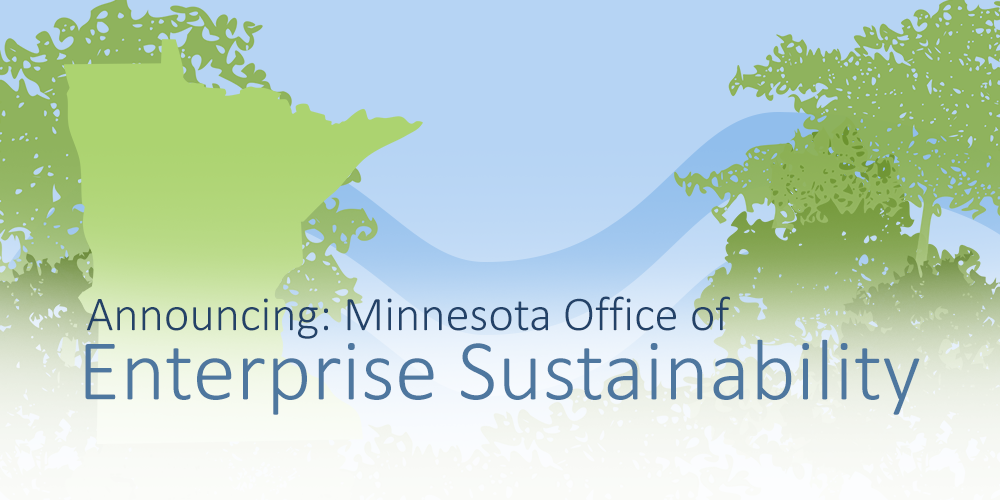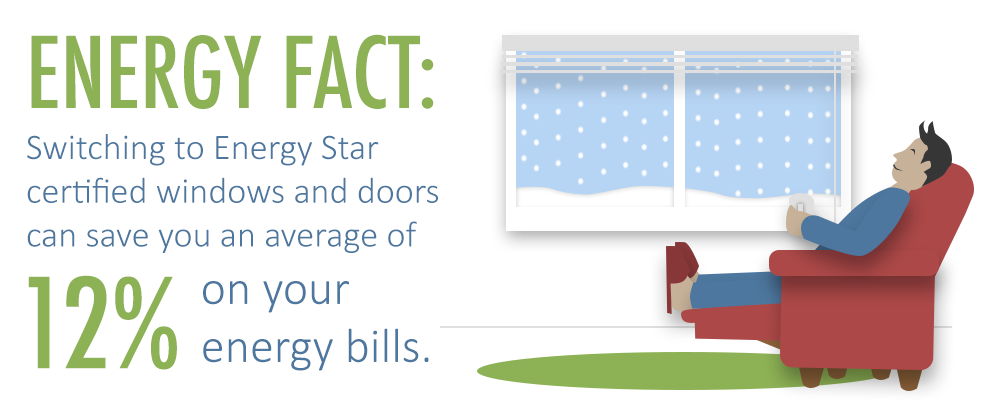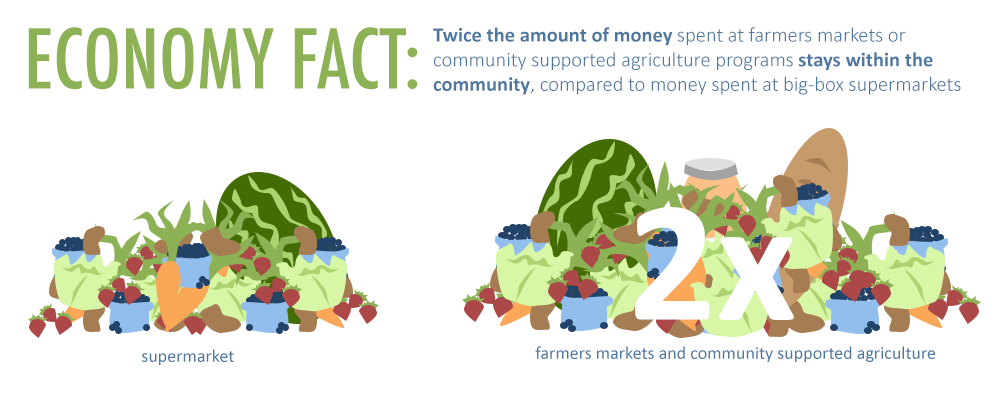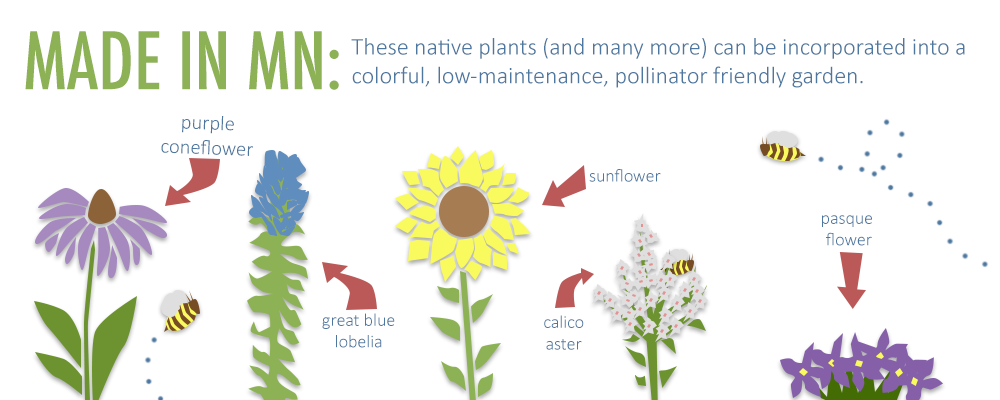Last week, Lt. Governor Smith announced the creation of a new
Office of Enterprise Sustainability. This initiative will help to make the State of Minnesota, the state’s largest employer, a leader in the area of sustainability and save money by establishing more efficient operations.
The State of Minnesota is doing its part to conserve resources and ensure a better Minnesota for the next generation, and individuals can also take advantage of sustainable, money-saving resources to join in the fight against climate change.
Below you’ll find resources provided by Minnesota State agencies that can help you makes small changes that make a big difference for our environment—and your wallet.
Make your home more energy efficient
according to energystar.gov
Get around by bike, bus, train or rideshare
according to the Kiplinger savings calculation tool
Support growers and merchants in your community
Minnesota-grown products sold at Minnesota markets have a much smaller carbon footprint than products that were transported from elsewhere. Not only that, but buying from local growers and sellers impacts the local economy by keeping your dollars in your community.
The Minnesota Grown Directory, created by the Minnesota Department of Agriculture, can help you find farms & markets in your area that sell locally sourced products.
According to a New Economics Foundation study
Landscape with native plants
Native plants are a great choice for sustainable, economical gardening and landscaping. They’re cheaper to maintain because they rarely require watering, mowing, mulching, or protection from frost. They also encourage bee and butterfly populations by producing valuable nectar and pollen.
Visit the Minnesota Department of Natural Resources Website for information about choosing and cultivating native plants.
According to the University of Minnesota Native Plant List




